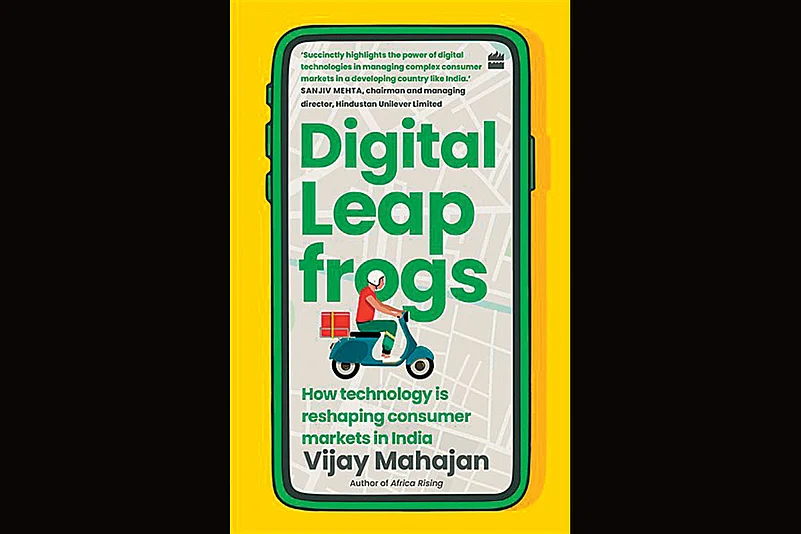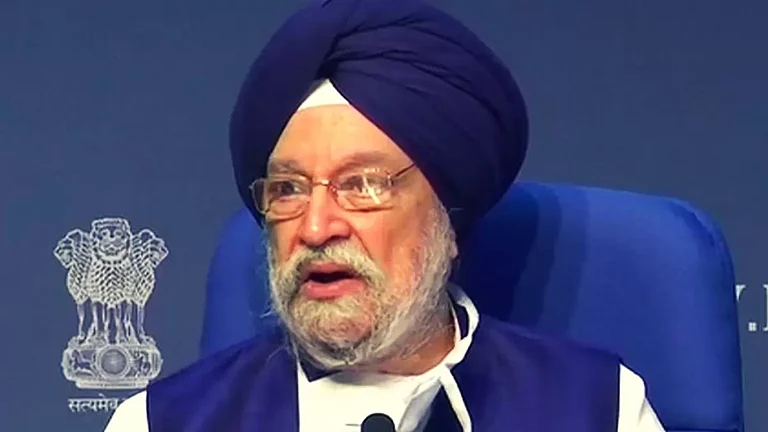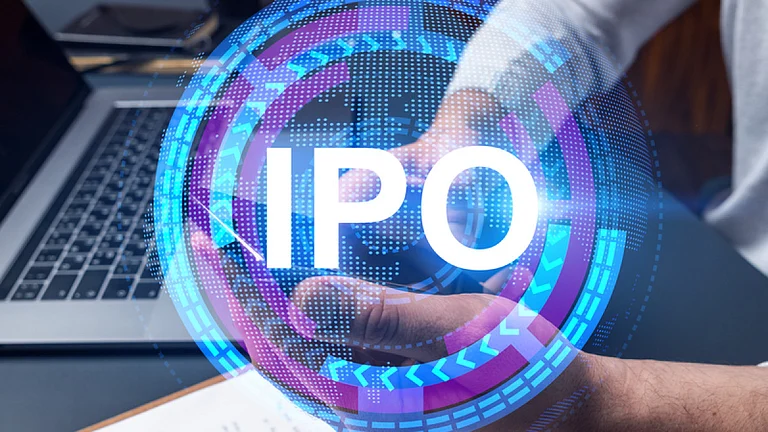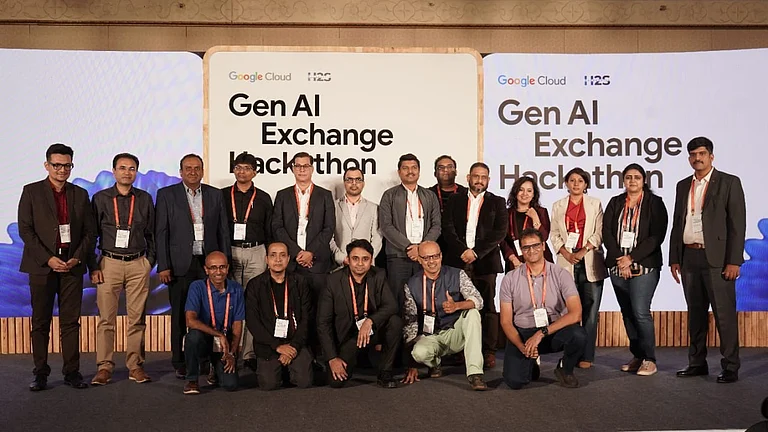In 2021, India had 1.2 billion mobile subscribers, of which, about 750 million were smartphone users, found a recent Deloitte study. The study also said that the smartphone user figure could touch 1 billion by 2026. In his latest book Digital Leapfrogs: How technology is reshaping consumer markets in India, author Vijay Mahajan explores how the rapid expansion of affordable smartphones and data network access, led by Reliance Jio, has brought new orders of scale to the reach and influence of digital technologies in consumer markets. Here is an excerpt:
The story of emerging markets that leapfrog directly to wireless telecommunications has long grown stale. The expectation that mobile phone use would eventually dominate telecom in these markets came to fruition years ago—replete with stories of rural farmers using phones to get market prices and the diaspora affordably reconnecting with family back home. Yet, the fact that mobile connectivity in developing countries has become commonplace obscures a more remarkable transformation that has swept these markets in recent years: consumer access to and consumption of massive amounts of data.
My neighbours in Austin might shrug at the notion, having lived for years amidst the constant evolution of faster telecom networks, more powerful smartphones and oceans of digital content. In India, however, a consumer earning the country’s per capita income would need several months of salary to afford the $999 iPhone 12 that Apple Inc. introduced in the US in October 2020. Similarly, the urge to develop higher speed networks runs into the brute financial realities of affordability and scale. Connecting the far corners of the globe for a phone call is one thing; connecting the last mile to the global pipeline of videos, music, e-commerce and data services is another.
So one might have sympathised with the sceptics when Mukesh Ambani, upon launching Reliance Jio’s 4G cellular data service in September 2016, boldly proclaimed: ‘India will change forever.’ For Ambani to place such importance on data connectivity in a country rife with infrastructure, social and other developmental challenges might have sounded like marketing hype or technoutopian idealism. Looking back at it now, it actually sounds like a modest claim. In the first eight months after its launch, Jio added 100 million subscribers. It helped that Jio provided free access to its network for the first six months of use, but that’s a huge number under any circumstance. (For comparison’s sake, Verizon reported 120.3 million US consumer and business retail connections as of October 2020.) Ambani told reporters that Jio added about seven users per second each day for 170 days, and the modest fees that the company began charging after the introductory period didn’t deter Indian subscribers from using their smartphones either. Once they got a taste of digital life, there was no going back. In fact, the move forced competitors to match Jio’s low rates, which remain some of the cheapest in the world—including some restricted 4G plans that cost less than 10 cents per gigabyte of data. In a move widely seen as an attempt to combat the telecom newcomer’s success, two other Indian telecoms, Idea and Vodafone India, merged in August 2018, about two years after Jio’s launch.
What Jio had done was nothing short of remarkable. As a Google India executive told me in March 2017, Jio obliterated the previous benchmarks for customer growth in the telecom sector. Within two years of its launch, monthly data per user in India increased more than sixfold, helping propel India—ahead of the US, and second only to China—to join the ranks of the world’s largest consumers of mobile data. Speaking at the company’s annual meeting in August 2019, Ambani said Jio had surpassed 340 million subscribers and was adding about 10 million a month. That success had already helped fuel a resurgence in Indian mobile phone subscriptions after a brief plateau in overall growth. It also emboldened Ambani and his company, which said it was equipped to upgrade its network to 5G and has set out to solidify the company’s long-term prospects. In the next three years, the company wants to connect ‘half a billion mobile customers, a billion smart sensors and 50 million home and business establishments’, Ambani said at the company’s 43rd Annual General Meeting in July 2020.
As its track record and ambitions illustrate, Jio has figured out and successfully pursued the idea that it makes good business sense to seek more than just wealthy or middle-class consumers. For those who occupy the lower tiers of consumer markets, most of whom live in rural villages or the densely packed slums, telecom companies offer a gateway to income and market opportunities. They provide access to domestic and international companies selling banking, e-commerce and entertainment services. Already women in remote Indian villages, where custom often forbids them from working outside the home, have created desi-style Etsy sites to hawk handmade bangles and achieve a measure of financial independence. With no doctors nearby to care for rural villagers, dozens of NGOs and socially minded for-profit companies have trained men and women with tablet computers to perform medical check-ups, connecting patients with a doctor if they’re ill or if tests suggest immediate reason for concern. ‘If you look at it, there is just one problem in our village: not having access to information,’ Parvati Kushwaha, one of the more than 80,000 ‘Internet Saathis’ that Google has trained to teach other women how to use the Internet in India, says in a YouTube video. ‘And once we teach villagers how to get this knowledge, they are the ones who bring the change themselves.’
The mobile phone has transformed from a tool to speak with people into one that can gather and share that knowledge—a way for hundreds of millions of Indians to connect to the Internet and the broader digital world for the first time. Indians who never had landlines, much less any experience on a personal computer, are now building cottage businesses on social media platforms, sending money through an array of digital payment apps and engaging with a world far from their villages.
Excerpted from Digital Leapfrogs: How technology is reshaping consumer markets in India by Vijay Mahajan, published by HarperCollins India, April 2022
***

Bookmarked
Take a look at what’s new in the business section of Amazon’s book shelf
Brands and the Brain: How to Use Neuroscience to Create Impactful Brands
Author: Arvind Sahay
Published: March 2022
The book explores why some brands stay with us longer than the others and what goes into the management of those brands
The Maverick Effect: The Inside Story of India’s IT Revolution
Harish Mehta (March 2022)
The author, the first elected chairman of NASSCOM, weaves the story of how the organisation galvanised India’s then fragmented IT sector
Bruised Passports: Travelling the World as Digital Nomads
Savi Munjal and Vidit Taneja (February 2022)
Through their stories, travel vloggers Savi and Vid walk the readers through the details of their craft -- from financial planning, risk analysis to creating a brand of their own
The Great Tech Game: Shaping Geopolitics and the Destinies of Nations
Anirudh Suri (February 2022)
The author charts out the things that will push a nation to be successful in this tech era, outlining what needs to be strategically done to get there
























